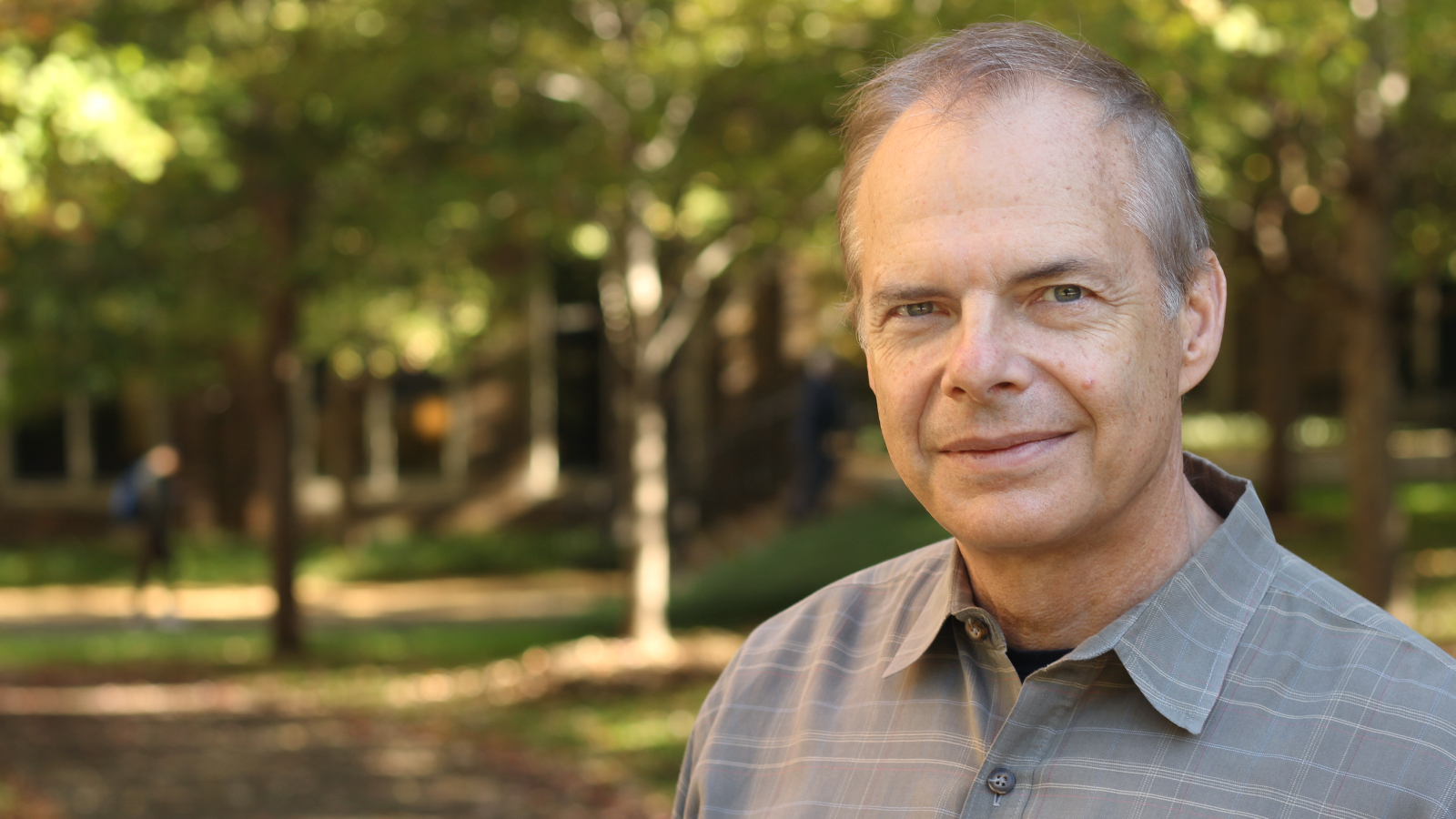‘Network of Networks’ to Advance International Efforts for Sustainable Materials
Duke-led INFRAMES initiative will connect researchers across fields and nations to build the collaborations and resources needed to study the sustainability of

Environmental engineers from Duke University are leading a new international effort to evolve the tools and methods available for assessing the potential environmental impact of new materials.
Beginning in 2008, Duke’s Center for the Environmental Implications of NanoTechnology (CEINT) brought together experts from more than a dozen national and international institutions. CEINT addresses questions about the transport and toxicity of nanoparticles, and has played a central role in the international community evaluating the environment, health, and safety (EHS) of this new class of materials, opening doors to designing more efficient and effective nanomaterials.
Leveraging that accumulated expertise and expansive community, the leaders of CEINT have teamed other US and international partners to create a “network of networks” to address some of the largest questions looming about the environmental impacts of newly emerging materials in general. Funded by a five-year, $1.6 million grant from the National Science Foundation’s AccelNET program, the new initiative is called the International Network for Researching, Advancing, and Assessing Materials for Environmental Sustainability—or INFRAMES for short.
“INFRAMES represents a community of people who have been working on environmental nanotechnology for more than a decade,” said Mark Wiesner, the architect of INFRAMES and former director of CEINT. “That experience gave us insights into the kinds of tools and procedures needed to look at the sustainability of new materials. This grant will allow us to port that experience into a broad consideration of materials being pursued for emerging applications.”
Generally speaking, those emerging applications include particle-based delivery systems for nutrients and pesticides in agricultural applications; materials used in transportation; advanced materials for resource recovery and water treatment; engineered and incidental bio-particles; and evaluating the consequences of micro/nano plastics.
Besides the researchers and institutions associated with CEINT, INFRAMES will draw expertise from a long list of similarly focused networks, including 12 institutions connected to the US-based Center for Sustainable Nanotechnology; The North Carolina A&T-UNCG Joint Schools of Nanoscience; elements of the National Nanotechnology Coordinated Infrastructure; eight on-going European Union networks (SAbyNa , Gracious, NanoCommons, RiskGONE, NanoInformaTIX, SERENADE, ACENano and Nanosaftely Cluster) representing over 100 participating European Union partners; the Kwame Nkrumah University of Science and Technology (KNUST) in Ghana; and researchers at six synchrotron X-ray facilities in four countries.
“Each group has its own history and expertise, like characterizing materials with high-energy beam lines, seeing how materials move through complex mesocosms, or developing computational modeling infrastructure,” said Wiesner. “But we all share a history of working together. That’s the key to making this work.”
Through the next five years, INFRAMES will further connect these communities through workshops designed to share targeted areas of applications and tools that have been developed, organizing short-courses, collaborative grant writing, and allowing students to spend time working in different labs to spread expertise. The collaborations and experiences will help the larger sustainable materials community develop shared terminologies and methods to improve data sharing and analysis across disciplines and nations.
“When the program ends, there should be not only a greater dissemination of what we’ve developed so far, but also a clearer statement of what the needs of the field are moving forward,” said Wiesner. “We want to create a better understanding of how we can continue to make all materials in a general sense a more environmentally sustainable enterprise.”
